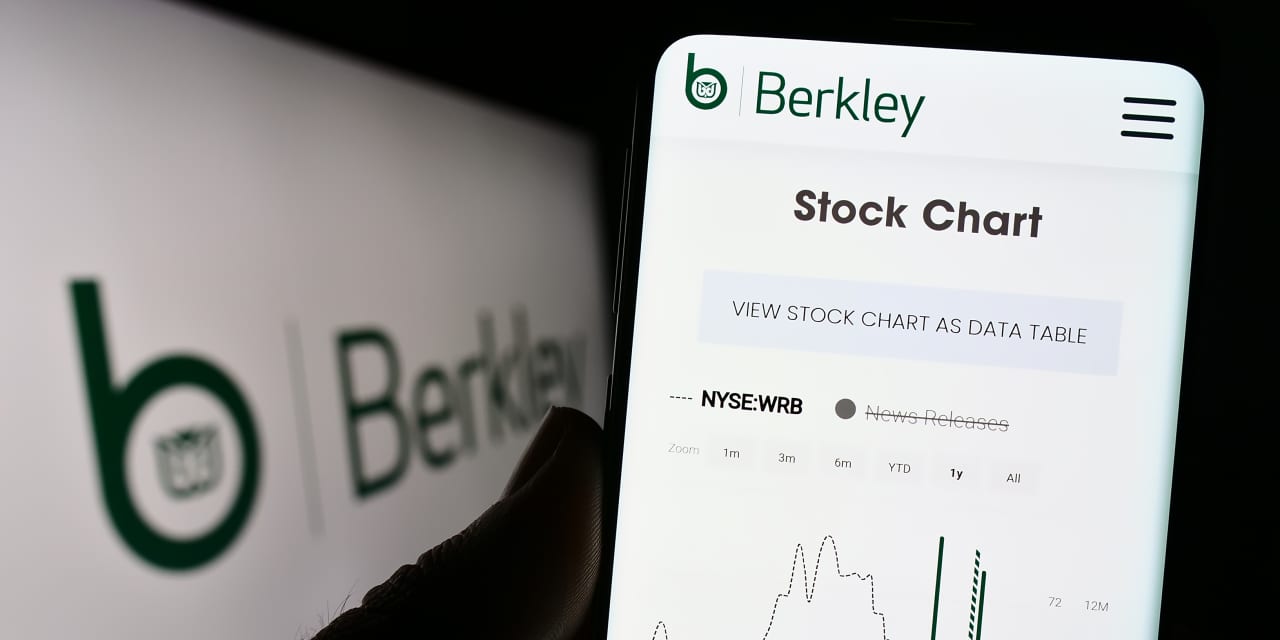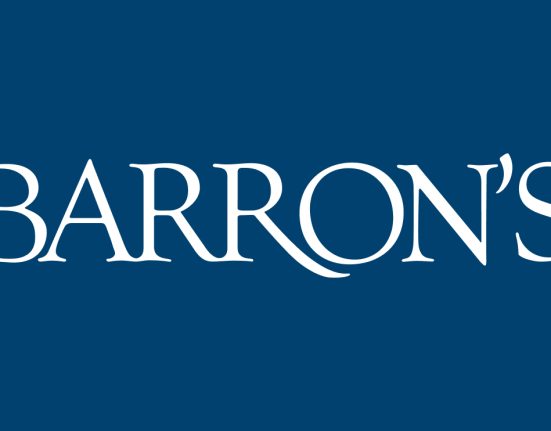Successful small-cap growth-stock fund managers have a problem. Rapidly growing small companies tend not to stay small for long. They become midsize companies that the manager has to sell. To solve this problem, managers invented the curiously named “smid-cap” fund category that holds both small- and mid-cap stocks.
One of the first and best funds to employ a smid investment style is
Eaton Vance Atlanta Capital SMID-Cap.
“This strategy evolved back in the early 2000s, when we kept having to sell companies due to their appreciation,” says Matthew Hereford, who has run the fund since 2004 with co-managers William Bell and Charles Reed. “We had one of our clients say, ‘Hey, can you just let your winners run? If you still like the company, don’t sell it.’”
The smid strategy complements the team’s overall buy-and-hold one. The fund has a low 14% turnover ratio, indicating an average stock holding period of seven years, yet many stocks are in the fund much longer. “We have some companies that have been in the portfolio for 20 years,” Hereford says.
That long-term focus has produced stellar results. In the past 15 years, the $12.2 billion fund has beaten 99% of its peers in Morningstar’s Mid-Cap Blend category, with a 14.9% annualized return. The fund’s 1.14% expense ratio is also below average for its category. Though the fund carries a 5.25% front-end load, that commission is waived at many brokers, including Fidelity and Charles Schwab.
One reason for the fund’s low turnover is the generally high-quality, defensive nature of its stocks. Consistent growers can thrive in different economic environments, so Hereford doesn’t need to sell them. A lot of funds control risk on the back end when they sell a stock. “We control risk on the front end by the quality of the businesses that we’re buying—that stability and durability of the cash flows,” Hereford says. “Our companies typically have underlevered balance sheets. They self-fund, so they don’t need the capital markets for growth. That helps protect capital on the downside.” One key trigger for selling is valuation, which gives the fund an added level of risk control that “growth at any price” managers ignore.
That risk control paid off in 2022. While the average Mid-Cap Blend fund was down 14% and the fund’s benchmark, the
declined 18.4%, Eaton Vance Atlanta Capital SMID-Cap lost 9%. The valuation consciousness helped in a rising-rate environment that punished pricey growth stocks the most.
Advertisement – Scroll to Continue
Because its stocks are high-quality, the fund can afford to be more concentrated than its peers, typically holding only 50 stocks, as any individual company collapse is unlikely.
The fund’s largest holding, property and casualty insurer
illustrates its high-quality style. “Most people don’t recognize this, but the insurance industry rarely makes a profit underwriting insurance,” Hereford says. “[Insurers] make most of their money off their investment float [investing the cash from policy premiums]. Berkley is a very good underwriter of insurance.”
A family-run business, W.R. Berkley has been able to increase its book value at a double-digit rate since the fund first purchased the stock in 2016. “Insurance companies by nature take on a lot of risk, but [Berkley] is willing to back out of a market when they feel that [policy] pricing is getting very aggressive,” Hereford says. “Meanwhile, when other people are pulling out of a market, they go back in, and they’ve done this for decades.”
Including dividends, W.R. Berkley has gained about 250% since the fund’s 2016 purchase, compared with 91% for the small-cap
Advertisement – Scroll to Continue
according to Morningstar. It is now solidly mid-cap, with a $19 billion market capitalization.
Although there are few new stocks in the fund, recently Hereford has been buying additional shares of medical-devices company
Teleflex
,
which the fund has held since 2014. “That’s one where the valuation became much more attractive over the past 12 months, and we’ve used that opportunity to incrementally add to our position,” he says.
Although Teleflex has a diverse product line, sales of its UroLift product, an implant to treat enlarged prostates, declined during the pandemic because the implant is a discretionary procedure, which patients could postpone during Covid. Revenue hasn’t fully recovered yet, Hereford says. That’s why the stock fell from a peak of $449 in 2021 to $178 in October of last year. That’s despite the fact Teleflex has other successful products, and losses from UroLift are now priced into the stock. “We’re now essentially getting that UroLift business for free,” he says.
Often, Hereford and the team have followed new stocks for a long time before buying. They just want to pay the right price to establish a position. Early last year they purchased shares of consumer-credit rating company
Advertisement – Scroll to Continue
even though they have covered the stock since 2001 and have held it in the past. “The capitalization and the valuation of the stock got up to the higher end of the range for us, back in 2001, and we sold the position,” Hereford recalls. “Then in 2022, with the market correction, the valuation became much more attractive.”
Hereford likes that TransUnion is part of an oligopoly of only three credit-rating companies. But the company was pricey before 2022 because of its connection to the rapidly growing fintech industry serving online banking and shopping. “The fintech industry started to run into some trouble [in 2022], with interest rates going up and a lack of funding going into that space,” he says. “There was a concern about growth, and all that is valid, and that’s why [TransUnion’s] valuation came in.” The stock fell from a high of $125 in 2021 to a low of $42 last October. “We got a chance to pick up the stock [at a valuation of] 15 times free cash flow, whereas it was trading at 30 times free cash flow 12 months prior,” he says.
TransUnion, Teleflex, and W.R. Berkley are mid-caps. What about small-caps? Audio-technology company
has been in the portfolio since 2020. Hereford likes it because it’s a royalty-based business: “Every time you watch a movie or a television show, [Dolby] gets paid for the use of their technology.”
With the consistent revenue such royalties provide, Dolby, like many stocks in the fund, probably won’t stay small forever.
Email: editors@barrons.com







